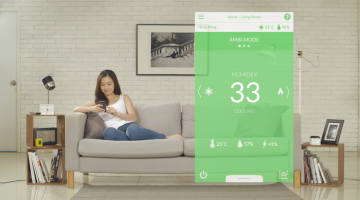Free and open-source crowdfunding site Tilt wants to make a mark in the world, allowing anyone to launch a crowdfunding campaign, whether they have a product to promote, service to offer or charity to support.
The company has made it clear it doesn’t think crowdfunding sites should be limited to one type of funding – it should embrace every type of campaign and make it simple for people to set up campaigns they believe wholeheartedly in.
Co-founder and CTO Khaled Hussein told Crowdsourcing.org: “We think crowdfunding is going to become an everyday thing, it’s not going to be only something you think about when you want to launch a cool new hardware product.”
Founders Hussein and CEO James Beshara wanted to make crowdfunding accessible to everyone when they launched the company two and a half years ago as a Y Combinator.
It originally started as a crowdfunding site for non-profits and charitable causes, but soon evolved into what it is today thanks to pitches from product innovators, local sports teams and even to fund birthday presents.
The main USP for the site is that you don’t need to reach a massive target to be successful. Tilt campaigns include a ’tilt’, which is the least amount of money the project needs to raise in order to meet promises made to funders and a ‘target’, which is the full amount they want to hit. They can raise beyond both their tilt and target.
A lot of the website’s success is from the technology it uses to make everything as simple as possible for those wanting to post their campaign. The team behind Tilt now comprises mostly of software engineers who are flexible and can build new features in hours, rather than days or months. These just slot into the platform, making it highly adaptable.
Hussein said: “What Tilt is about is turning ideas into reality, it’s about using collective action to get to critical mass, to gauge demand, to excite people to do something new that hasn’t happened before.
“We’re a platform that enables things to happen, we’re not a platform for collecting dues after the fact, even though we see those use cases a lot on our site. We’re [for] the early phase, where you’re still planning and want to see the feasibility of something, you want to see the demand.”




